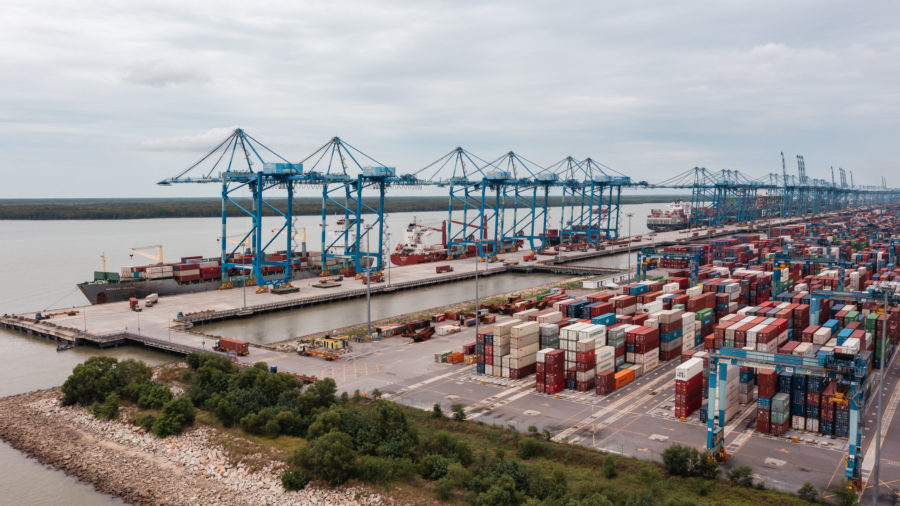All eyes on South Africa
Labour talks are close to failing in South Africa, setting the stage for a series of strikes that could have a significant impact on the precious metals market.
South Africa’s labour unrest widened in the past few days as tens of thousands of construction workers prepared to down tools next week.
Wage talks in the gold sector stalled and the main mine union said it planned to ask members to vote on a strike beginning potentially as early as next week. Six weeks of talks between South African gold producers and unions have failed to solve an impasse over wages, increasing the prospect of strikes in an industry battling low gold prices and soaring costs.
National Union of Mineworkers (NUM) spokesman Lesiba Seshoka said this Thursday that the union would be consulting its gold industry members over strike action. “The earliest we will issue companies with notice of the strike is Monday next week,” he said.1 The gold industry, which is the country’s biggest export earner, could start strike action as early as Wednesday. NUM represents about 64 percent of the roughly 140,000 miners in the South African gold industry. Seshoka also announced that NUM’s 90,000 members in the construction industry would go on strike from Monday. “It’s over wages, we could not agree on wages. We have been in negotiations for three months now,” he said.2 The more-established NUM is asking for a 60% increase from the minimum entry-level salary for gold miners, while the Association of Mineworkers and Construction Union (AMCU) — South Africa’s fastest-growing mining labour coalition — seeks to double entry level wages. In what can only be interpreted as a token gesture, South African gold producers raised their offer for wages at mines by a half a percentage point to 5.5 percent this week.
The expiration date for the settlement process is August 24th and both parties are a long way from an agreement. Solidarity General Secretary Gideon du Plessis, the head of a third union involved in the negotiations said in a statement this week, “The employers will have to offer more than what is budgeted for, and unions will have to get a mandate to demand less than what our members’ current expectations are, to avoid a strike.”3 Tensions are high in these negotiations, with fresh memories of violent clashes between police and workers only a year ago.
On August 10, 2012, rock drillers initiated a wildcat strike in pursuit of a pay raise to 12,500 South African rand per month, a figure which amounted to tripling of their monthly salaries (from approx. $500 USD to $1,500). On August 16, 2012, the South African police fired at a crowd of strikers at Marikana, killing thirty-four. This marked the worst violence in post-apartheid South Africa. The strike was ultimately settled when the owner of the mine, Lonmin, offered workers a 22% pay rise, putting labourers back to work on September 20, 2012. “It’s a huge achievement. No union has achieved a 22% increase before,” Zolisa Bodlani, a worker representative at Marikana, told Reuters at the time.4
Over this time period, August 10th to September 20th 2012, gold and platinum increased 10% and 16%, respectively, in recognition of the supply disruption and tensions in South Africa. While we hope for a peaceful outcome from negotiations and strike action, the impact on precious metals could be significant. All eyes will be watching the outcome of this recent labour action next week in South Africa.
1 http://www.reuters.com/article/2013/08/22/us-safrica-strikes-idUSBRE97L0KR20130822
2 Ibid.
3 http://www.bloomberg.com/news/2013-08-13/south-african-gold-producers-increase-offer-for-mining-wages-1-.html
4 http://photoblog.nbcnews.com/_news/2012/09/18/13942240-south-africas-lonmin-miners-celebrate-22-pay-rise-to-end-strike?lite
{{ commodity.name }}
{{ post.title }}
{{ post.date }}

Comments
Helmut Beintner
22 pro-cent of nothing is STILL nothing